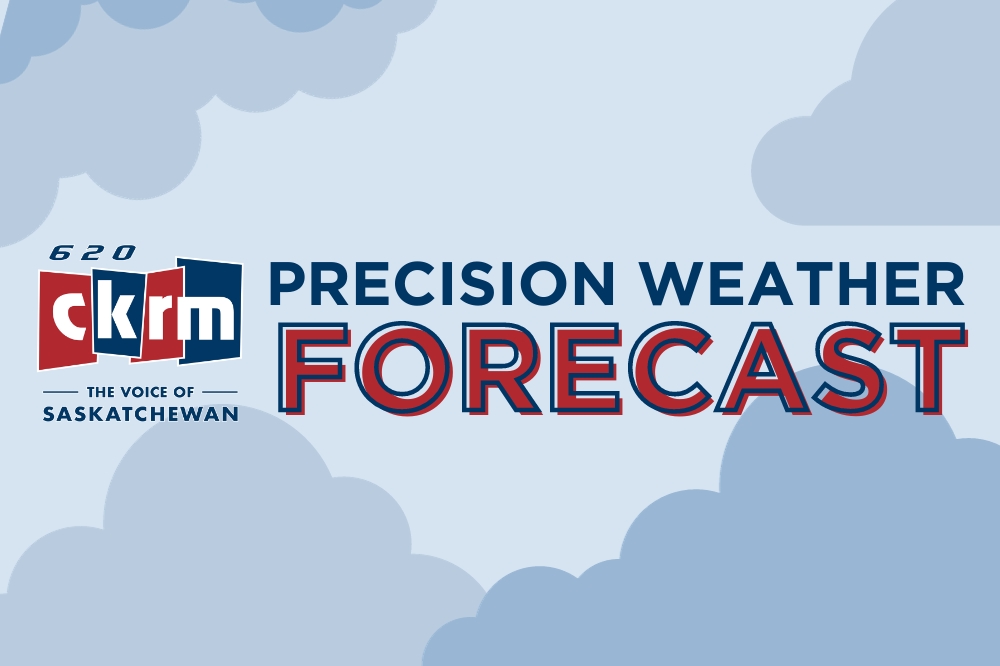The provincial government is predicting a deficit of $2 billion at its mid-year report, however the debt has shrunk by more than $381.5 million from original projections.
The province’s revenue is projected just over $14 billion or a 3.7 per cent rise, a $503-million rise from budget, while there is a $41 million decrease in tax revenue as a result of the reduction in the small business tax rate.
An increase of about $122 million in expenses, which puts projected spending at just over $16 billion, a two per cent increase from what was originally predicted in the budget. The province says that includes increases for the health, education, municipal and tourism sectors, partly offset by lower-than-budgeted pension expense and crop insurance claims expense.
Finance Minister and Deputy Premier Donna Harpauer said during Friday’s update that the government is managing the province’s finances carefully through the pandemic.
“To this point, we have recovered more than what we had anticipated. But we don’t know what the next few months are going to bring,” stated Harpauer.
Harpauer added the mid-year update also includes $260 million of contingencies which she calls “a cushion against potential pandemic-related revenue and spending shocks for the fiscal year.”
While she said the recovery has been relatively strong, she is still very concerned as the pandemic continues. Harpauer spoke about the province being reliant largely on two things largely.
“Consumer confidence, and as COVID-19 numbers rise, the consumer confidence is going to fall,” she explained. “The other thing that we are very reliant on because we’re a trade-dependent province is what is happening in other jurisdictions across the country and globally.”
Harpauer admitted she will always be nervous for those two factors because they will affect the budget in a big way moving forward.
Public debt and net debt are both down compared to the budget forecast. Saskatchewan’s net debt-to-GDP ratio at March 31, 2021, is now estimated at 19.6 per cent.
Saskatchewan also saw the lowest unemployment rate in Canada throughout October. The province says total employment on an adjusted basis is nearing pre-pandemic levels.
The government says because of these factors their plan to balance the books by 2024-25 remains intact.
Sask. Party failing businesses and families: NDP
Responding to Friday’s mid-year report, NDP Finance Critic Trent Wotherspoon and Economy and Jobs Critic Aleana Young said it raises serious concerns that the government is failing businesses and working families. They were also critical of the government not investing in the immediate needs of the health care system.
Wotherspoon called it a “business as usual” report.
“We all know that business is anything but usual, not for the government services that families rely on in health care and classrooms, and not for the actual businesses that are facing serious hardships now,” Wotherspoon told the reporters on Friday.
“We saw no indication from the finance minister or this government understand the scale of the challenge that Saskatchewan faces.”
The official opposition said there was no announcement of new investments needed to fight and support people through the second wave despite sustained triple-digit increases in COVID-19 case numbers, outbreaks in dozens of care homes and schools and intensive care units already over capacity.
“Meanwhile, the Sask. Party government is sitting on $160 million of the province’s $200-million contingency which is currently unspent. The report even added a new $100 million in contingency funding, for a total of $260 million. The Sask. Party government has also revealed that they have not fully deployed all of the $440 million in federal funding for additional and new measures to fight this pandemic,” stated the NDP in a release following the report.
Young called it a missed opportunity with deadly consequences.
She said this is an incredibly stressful and important time in the province with the holidays around the corner.
“It’s not going to be business as usual despite the way that the finance minister presented it on [Friday] morning,” explained Young.
“We’re also looking at January and February that are dark months for the economy. Leaving that uncertainty out there indicates either there is no plan and the government is not prepared to be proactive or that the money is being left in reserves for reasons I can’t even begin to fathom.”
The NDP says they will continue to put pressure on the government for actions that will support families and businesses during the pandemic, including:
• Establishing multi-sectoral task force to tackle the spread of COVID-19, to be comprised of municipal and Indigenous leaders, health care professionals, educational professionals, representatives from business and labour, community-based organizations and the official opposition;
• Supports for businesses to keep their employees on the payroll and emergency supports for workers who still find themselves temporarily out of work
• Fix the Saskatchewan Small Business Emergency Payment Program to make it more accessible and to ensure that dollars flow to small businesses facing serious challenges now;
• Deploy funding from the government’s Covid-19 contingency fund to staff up in long-term care, as well as in home care to help keep more seniors safely at home;
• Fund classrooms to reduce class sizes and ensure that schools are safe for our kids and educators and provide an accounting of where COVID-19 funding has been dispersed to date.
(With files from Moises Canales)








